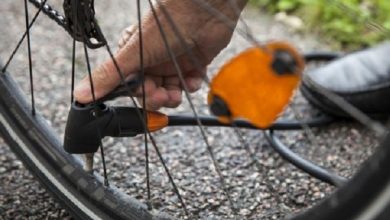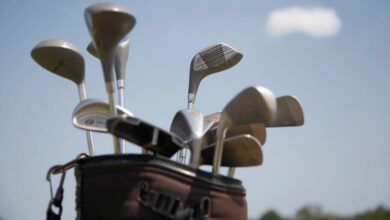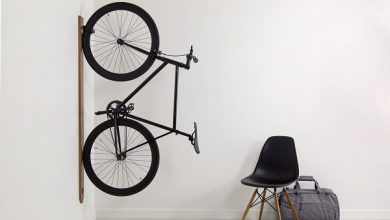Can You Use a Baseball Bat for Softball?

Softball and baseball share many similarities in terms of gameplay, but there are critical differences in the equipment used in each sport. For instance, one of the most frequently asked questions by softball players is can you use a baseball bat for softball. The answer to this question is yes, a baseball bat can be used in softball, but there are some crucial factors to remember. It’s essential to consider the baseball bat’s construction, size, and weight, as these factors can impact the player’s performance and legality in softball games.
Additionally, softball bats are typically shorter in length and lighter in weight to account for the smaller size of the ball and the difference in pitching style. Therefore, while it’s possible to use a baseball bat in softball, choosing the right one is crucial to maximize your performance and avoid any potential penalties.
Critical Differences Between Baseball and Softball
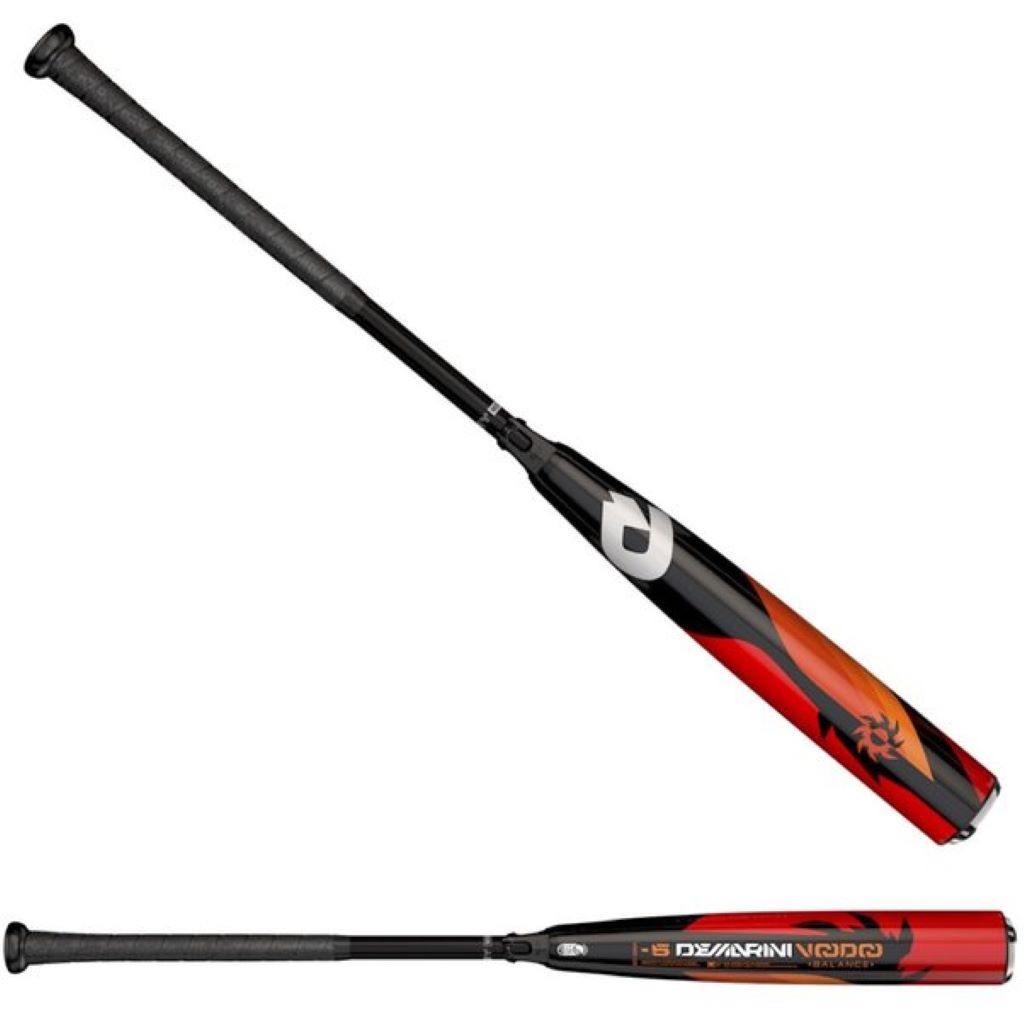
While baseball and softball share similarities, they have some notable differences:
| Baseball | Softball | |
| Ball Size | 9-inch circumference | 11-12 inch circumference |
| Field Size | 90 feet between bases | 60 feet between bases |
| Pitching Style | Overhand pitching | Underhand windmill pitching |
| Bat Dimensions | Thinner and longer | Shorter, more comprehensive, and thicker |
| Bat Barrel Diameter | Up to 2.25 inches | Up to 2.25 inches |
| Bat Length | 34-36 inches | 32-34 inches |
| Bat Weight Distribution | Evenly balanced or end-loaded | Evenly balanced with a heavier barrel |
| Bat Certification | BBCOR | ASA/USA Bat |
Ball Size
- Baseball uses a 9-inch circumference ball, while softball uses an 11-inch or 12-inch ball. The larger softball is more accessible to hit for many players.
Field Size
- Baseball fields have 90 feet between bases, while softball fields have 60 feet between bases. Softball fields are smaller overall.
Pitching Style
- Baseball pitchers throw overhand, while softball pitchers use an underhand pitching motion. The underhand windmill pitch in softball leads to different hit trajectories.
Bat Dimensions
- Baseball bats tend to be thinner and longer, while softball bats are shorter, more comprehensive, and thicker. Softball bat barrels are up to 2.25 inches in diameter.
Due to these critical differences, softball and baseball bats are engineered differently to optimize performance for their respective sports.
Baseball Bat vs Softball Bat Design
Baseball and softball bats have distinct designs:
Length
- Baseball bats are typically 34 to 36 inches long. Softball bats run from 32 to 34 inches in length.
Barrel Diameter
- Baseball bats have a barrel diameter of 2.25 inches at most. Softball bats have a barrel up to 2.25 inches.
Handle
- Baseball bat handles are slimmer with a knob at the bottom. Softball bats have thicker handles with or without a knob.
Weight Distribution
- Baseball bats are evenly balanced or slightly end-loaded. Softball bats tend to be evenly balanced with a heavier barrel.
Materials
- Both are commonly made of aluminum or composite materials. Composite softball bats often incorporate carbon fiber.
Certification
- Softball bats must meet ASA/USA Bat standards. Baseball bats must meet BBCOR requirements.
The design factors make softball bats better optimized for contact with a larger, slower pitch, while baseball bats are engineered for a smaller, faster pitch.
Are Baseball Bats Allowed in Softball?
You can physically use a baseball bat to hit a softball. However, most softball leagues and tournaments require that all softball bats meet ASA/USA Bat certification standards for their league.
These bat performance standards limit the maximum ball exit speed allowed after hitting to control hit distances and safety. Baseball bats are not engineered to meet ASA/USA Bat limits and would likely be considered illegal bats.
Always check your league and tournament rules. Most will require the official ASA/USA Bat stamp or text reading “Official Softball” on your bat. Bats without this stamp are illegal and could lead to penalties or ejection if used.
A certified softball bat engineered specifically for slow or fastpitch softball is highly recommended for official competitive play. Recreational leagues may have more relaxed rules, but it’s always best to verify.
Are Softball Bats Allowed in Baseball?
You can use a softball bat in recreational baseball games. However, most organized baseball leagues and tournaments require bats to meet BBCOR certification standards. BBCOR regulates the trampoline effect and exit velocities for safety and fairness.
Softball bats do not have a BBCOR stamp since they are engineered for a more giant, slower ball. Using a softball bat in a baseball game with BBCOR requirements would be prohibited and could prompt penalties if caught.
For regulated leagues, only use a baseball bat with the BBCOR .50 certification stamp that matches the league’s maximum drop weight ratio rules. Softball bats likely won’t cut.
Choosing the Best Bat Type
Deciding between a baseball or softball bat depends primarily on your sport. Here are some tips:
Use Baseball Bats for Baseball
Opt for an official baseball bat meeting BBCOR standards for baseball games and practices. Length, weight, grip, and barrel size are optimized for the more minor baseball. Certification ensures proper exit speeds.
Look for bats branded for baseball or those with BBCOR certification listed. Select the appropriate length and drop weight ratio allowed in your league.
Use Softball Bats for Softball
When playing softball, use an official softball bat designed for slow pitch or fastpitch that meets ASA/USA Bat standards. These bats are made for larger softballs and feature an ideal barrel size and sweet spot.
Search for bats explicitly marketed for softball. Ensure it has the ASA/USA Bat certification stamp. Pick your preferred length and weight combo within league rules.
Use Youth Bats for Children
For kids in either baseball or softball, use youth bats sized appropriately for their age, height, and ability level. Many youth bat options are available in both baseball and softball models.
Use Hybrid Bats With Caution
Some companies advertise hybrid bats meant for baseball and softball. While these can work, be wary that they likely won’t fully optimize performance for either sport. Check your league bat rules closely before using a hybrid bat model.
Break In Bats Properly
Take the time to break in new bats through proper techniques like weighted ball drills. This helps maximize performance and durability. Don’t take a brand-new bat straight into game use.
Safety Considerations
When deciding on a baseball versus softball bat, keep these safety factors in mind:
Use Regulation Balls
Never use a baseball bat to hit softballs or a softball bat to hit baseballs in games or practice. Use the proper ball for your bat’s design to reduce injury risks.
Check League Standards
Don’t assume you can use any bat. Verify your league’s bat standards and only use approved, certified bats with proper markings. Illegal bats increase the chances of injuries.
Inspect for Damage
Inspect bats thoroughly for dents, cracks, rattles, and high spots, which could lead to breakage, splintering, or uneven hits. Replace damaged bats immediately.
Ensure Proper Sizing
Use the right bat length and weight for your age, height, strength, and ability level. Oversized, overweight bats add injury risks. Undersized bats hinder performance.
Maintain Control
Stay in control of your swing at all times. Releasing bats puts others at risk and can lead to disciplinary action. Develop good swing mechanics and play within your limits.
Use Batters Helmets
Always wear a batting helmet when hitting on the field or in batting cages to protect your head from wild pitches or bat slippage. Helmets reduce serious injuries.
Following basic safety steps helps make the bat selection process safer. Bats are performance equipment that can cause harm if misused or mishandled.
Getting the Most Out of Your Bat
To optimize your batting performance, consider these tips:
Bat With Proper Technique
Regardless of bat type, use proper swing mechanics for contact hitting. Keep your eye on the ball, swing level, and shift your weight as you swing. Good form maximizes your bat performance.
Consider Customization
Some manufacturers offer custom bats with personalized lengths, weights, and grip sizes. This allows fine-tuning bats to a player’s physical attributes.
Break In the Bat
Take new bats through a proper break-in program of measured hitting, like using a bat sleeve or weighted training balls. This helps harden the sweet spot for an improved ball rebound.
Keep Bat Choked Up
Grip up on the bat a few inches from the knob end and keep your hands together during your swing to increase control. Don’t let the bat slide in your grip mid-swing.
Rotate Bat Periodically
Using the same spot on the barrel continuously can lead to uneven wear. Rotate your bat periodically to help break in the barrel evenly across the sweet spot.
Clean and Store Properly
Wipe down your bat after each use and store it safely away from extreme temperatures and moisture that could damage the exterior or interior.
Optimizing performance comes down to selecting the best bat design for your sport, then utilizing proper hitting mechanics and ongoing maintenance.
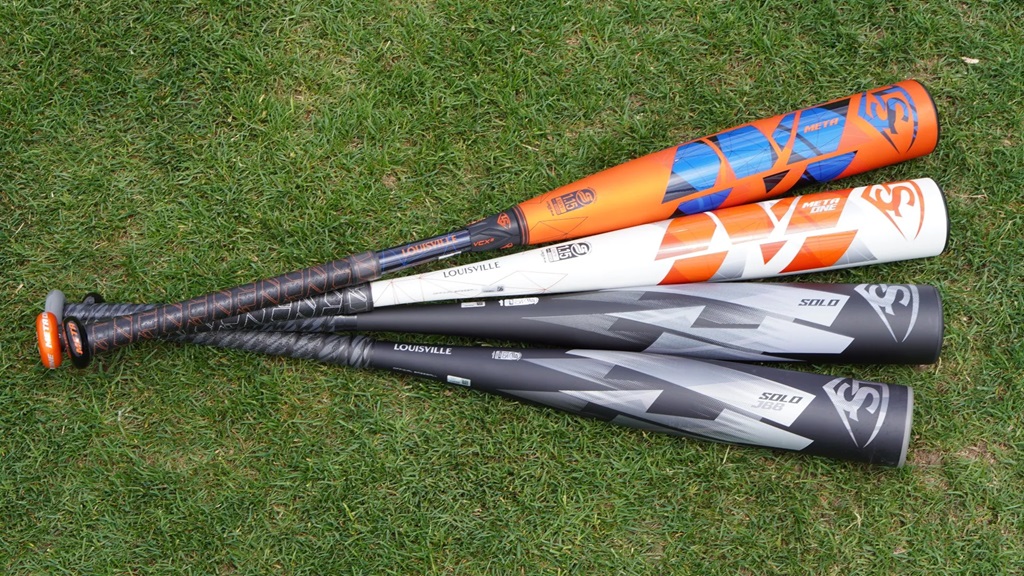
Example, Softball Bat and Baseball Bat Models
To give you a better idea of actual bat models optimized specifically for softball or baseball, here are some top-rated examples:
Softball Bats
- Easton Hammer – ASA/USA approved with carbon zero core composite design to optimize slugging power for softball. Available for fastpitch or slow pitch.
- Louisville Slugger LXT – Features a multi-wall design and tru3 technology to provide the best possible performance within ASA/USA Bat standards. Ideal for elite female softball players.
- Mikan Freak Primo – Excellent ASA, NSA, USSSA, ISA bat approved for softball. Made 100% composite with a flexible thin handle and 14-inch barrel for more contact across the face.
Baseball Bats
- Mariucci Cat 9 – Top BBCOR bat rated perfectly balanced with a traditional knob and comfortable grip. One-piece alloy construction provides excellent pop.
- Louisville Slugger Solo – A light swing weight BBCOR-approved baseball bat with a forged alloy design for smooth, consistent power swings.
- Baum Bat – An innovative approved wood bat made of laminated bamboo material for superior performance and durability. It is approximately 30% stronger than ash or maple.
Key Questions
1. Can I use a wood baseball bat in slow pitch softball?
Most leagues do not allow wood bats since they do not meet ASA/USA Bat performance standards. However, some recreational leagues may permit wood bats, usually restricted to clean single-wall models. Always check league rules.
2. What if my baseball bat says “Official Softball”?
Some manufacturers label baseball bats “Official Softball,” but this usually indicates the bat’s dimensions only, not certification. Unless it has the ASA/USA stamp and meets current-year standards, it cannot be used in most leagues where certification is required.
3. Why are baseball bats illegal in fastpitch softball?
The faster swing speeds generated by baseball bats due to their light design can increase exit velocities well beyond the limits deemed safe for fastpitch softball by ASA/USA Bat requirements.
4. Can I use my son’s baseball bat in my softball league?
Unless your recreational league states otherwise, a baseball bat likely does not meet legal bat standards. Most men’s adult softball leagues require ASA/USA certification. Check your league rules to be sure.
5. Is that okay if I only display my baseball bat but use a legal softball bat?
Since the baseball bat is not used for contact with the ball during the game, simply having it or displaying it in the dugout would not violate any rules. It would be best if you hit with an approved bat only.
Conclusion
While it may be tempting to use a baseball bat in softball or a softball bat in baseball, doing so for organized competitive play is illegal and risky in most leagues. Recreational leagues may be more flexible, but certifications and proper bat types should still be verified.
Check your league and tournament rules carefully before using any bat. To break in a baseball glove quickly, ensure you’re also equipped with the right gear, such as opting for an approved bat engineered specifically for your sport. With the right bat and proper swing technique, you’ll be ready to hit the fields and maximize your batting skills this season!

